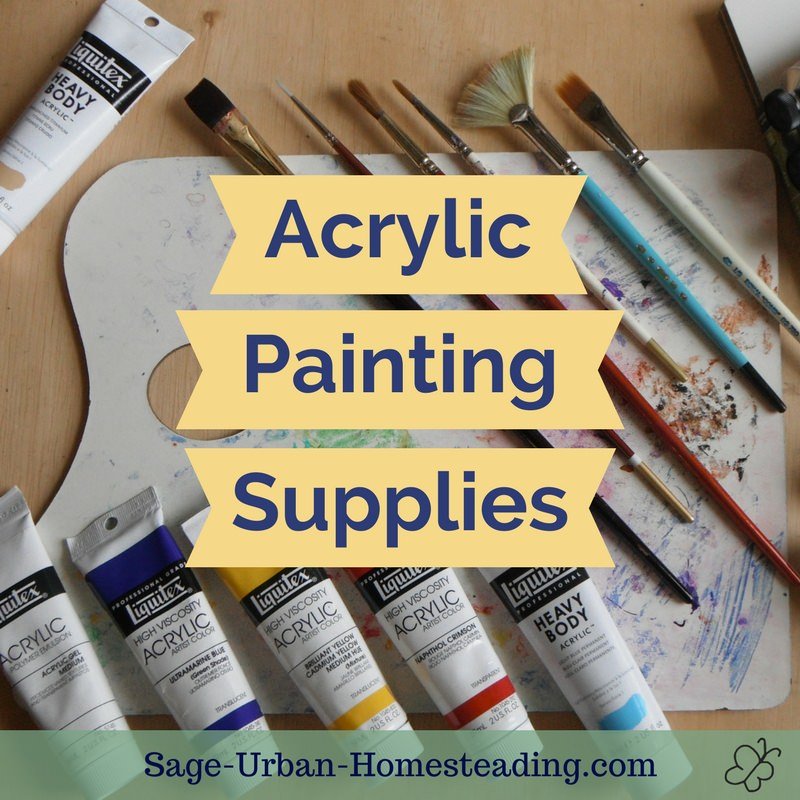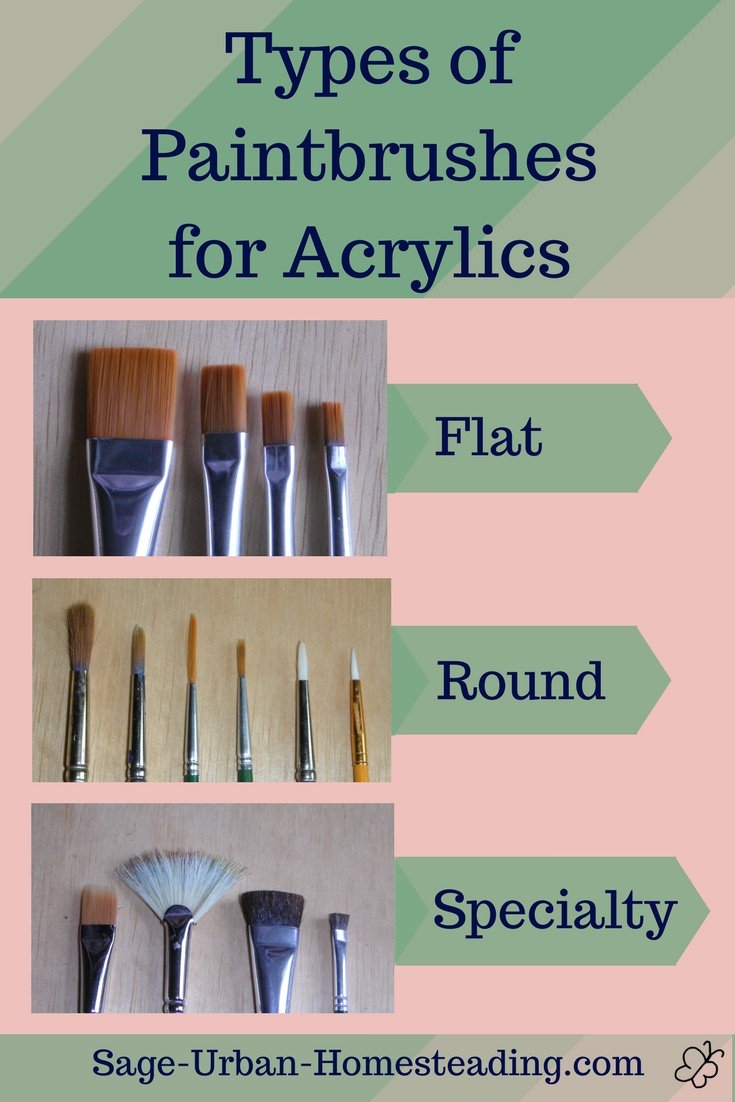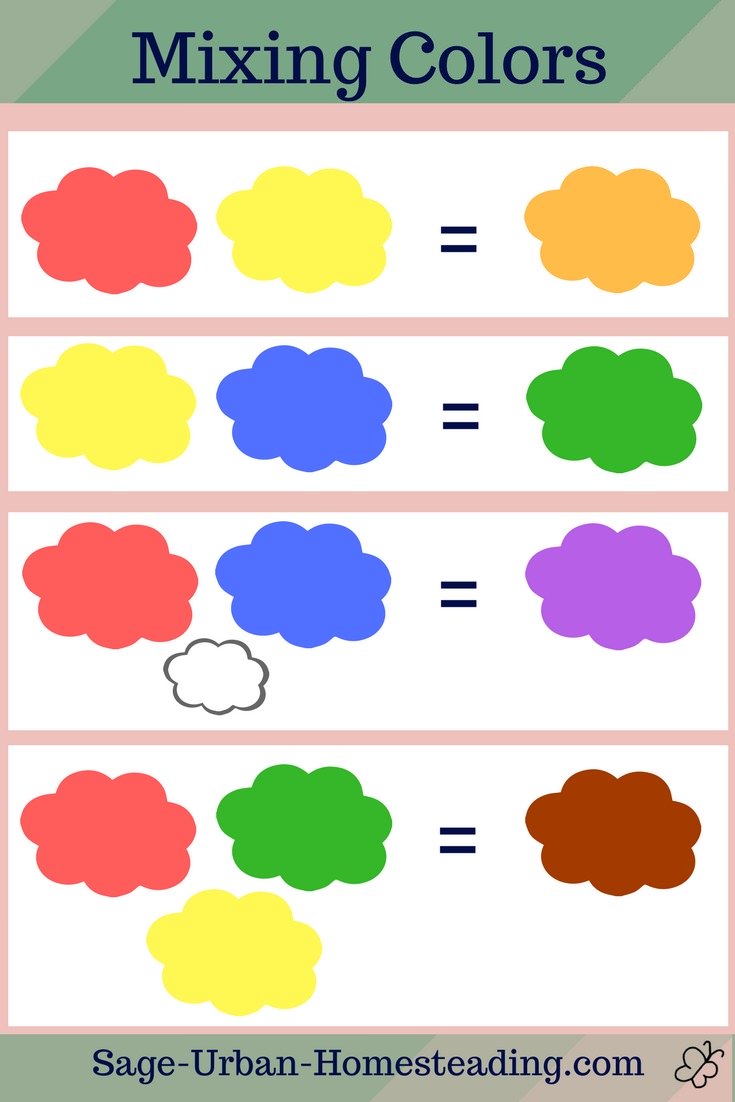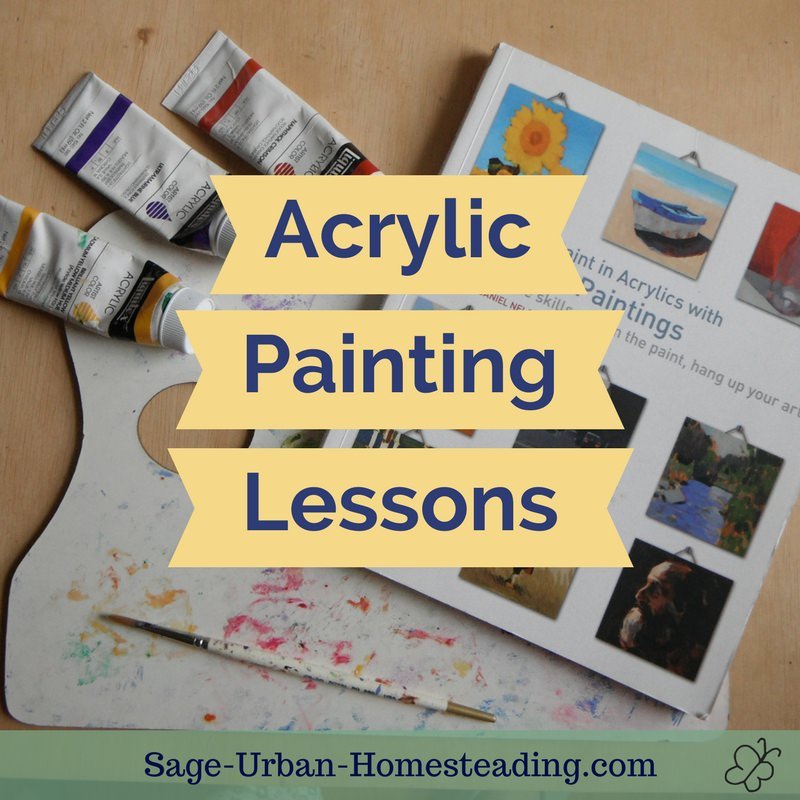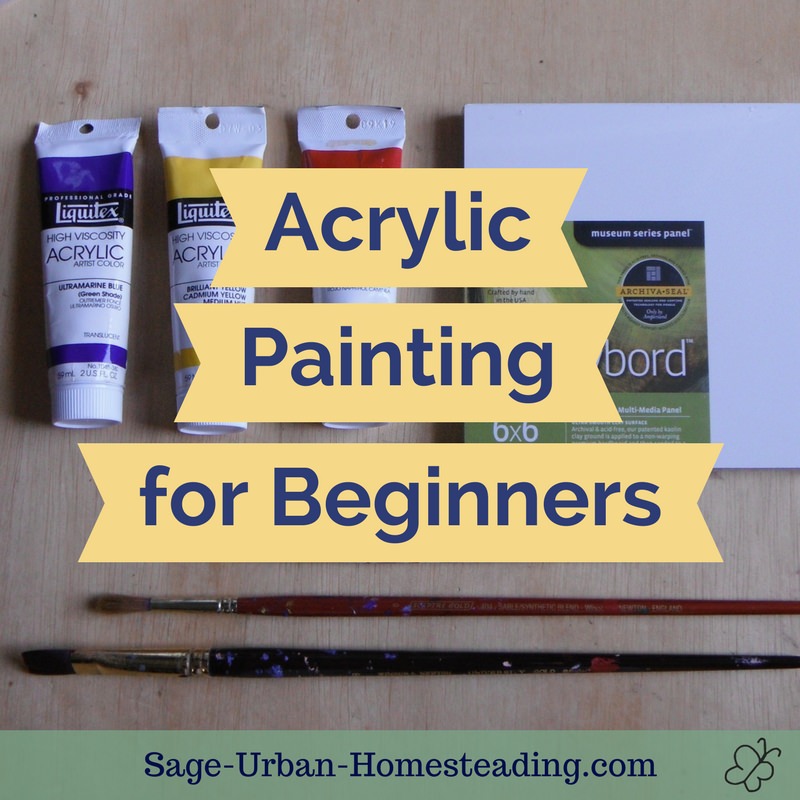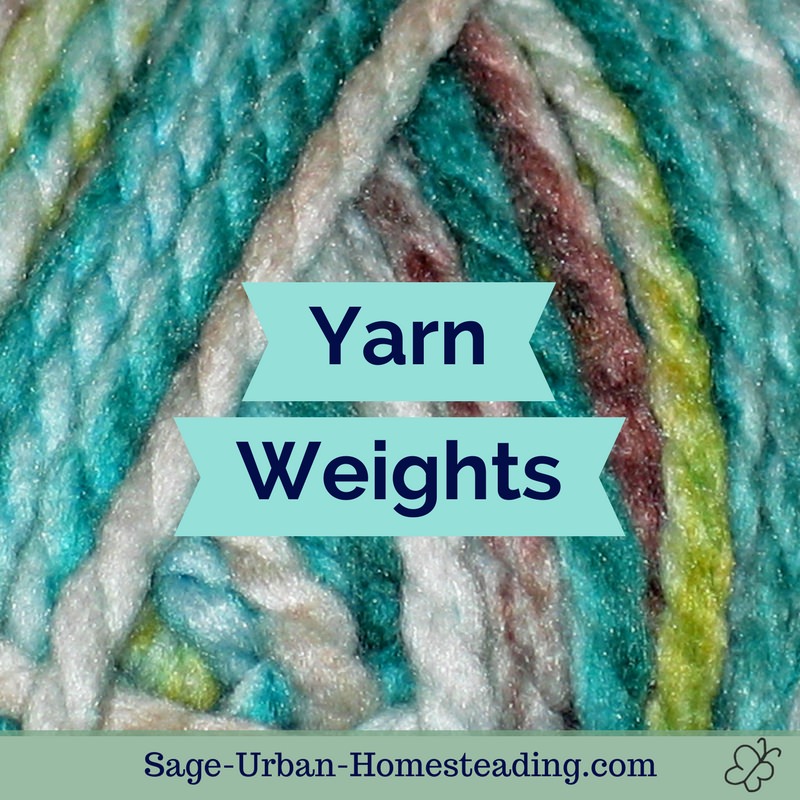FYI: I earn a small commission from some links and advertisements.
- Home
- Acrylic Painting
- Supplies
Guide to Acrylic Painting Supplies
My very first acrylic painting supplies were a beginner kit that I received as a gift. It contained 6 tubes of paint, a palette, 2 brushes, and a canvas.
I am glad that I did not have to go to the store and decide on things myself because that would have been overwhelming!
There are so many options. It's easy to feel confused.
That's why I'm happy to share what I've learned so you can choose the best supplies.
Brushes for Acrylic Paint
Not long after I received my first acrylic painting supplies as a gift, a nearby craft supply store went out of business and I was able to build up a nice collection of a variety of different types of brushes, not necessary but good for experimenting.
There are three basic types of brush shapes:
- flat (square or rounded corners called a filbert)
- round (very small and thin is called a liner)
- specialty (such as the fan brush or scruffy)
These are all available in different sizes. The number on the handle relates to how wide the brush is where it holds the bristles.
I recommend you start with a medium-large flat, a medium-small round, and whatever else you want to try, maybe another size round or a fan brush.
Handle length is a matter of preference. They say long handles are for painting standing up and short handles are for painting while sitting. I have both, and I find it doesn't matter to me. I tend to choose which brush I want based on the bristle size and shape, not the handle.
How to Clean Brushes
I have taken good care of my brushes so they're still in good shape.
I used to rinse them in a tin can as I worked, but I find this brush basin is even better.
It is really important to wash brushes before the paint dries in them. I like to use this brush cleaner soap which is also really gentle on my skin.
After you have washed a brush, reshape the bristles and allow them to dry in the correct shape by either laying the brush flat or standing it up with the bristles upward.
Acrylic Paints
I'm sure you've seen the displays of hundreds of little acrylic paint bottles at the craft store. Aren't they pretty? Yes, bottles are pretty and easy to store, and isn't it nice if you can buy every color already mixed up and have room to store them all so neatly?
It's pretty, but it's not practical.
Artists usually buy paint in tubes because you can squeeze out the last drop of paint without wasting any. It also helps them to stay fresh longer with less air inside as the paint is used up.
Note: I do have some of those little bottles for specialty paints that can handle being outdoors or for painting on glass. They are useful for certain projects!
You only really need the primary colors red, yellow, and blue, plus black and white, and then you can mix up any color you can imagine.
If you are going to be doing a lot of landscapes, you might also want to invest in tubes of brown and green, but you only need one of each. Add a little of the primaries or black or white to achieve variety.
Student grade or professional? Student grade paints are cheaper and great for learning and experimenting (I used them in high school). They have less pigment and more binder, so they are a little more transparent and thin.
Use the professional or studio grade paints when you are painting panels or canvases you actually plan to hang up.
Are they safe? Personally, I like to look at the safety ratings and paint toxicity levels. Some traditional pigments are quite toxic and have been linked to an increased risk of bladder cancer in artists, especially the chemicals related to oil painting.
If you check acrylic painting suppies, there are safer acrylics available. Looking for a color with the word "hue" in the name also hints that it was made with another material to achieve the same color. For example, you can buy "cobalt blue" paint which contains cobalt and has toxicity warnings, or you can opt for the cheaper "cobalt blue hue" which is a safer version of the same color.
Soft body or heavy body? It's a matter of personal preference. What I originally started out with as a beginner is now called heavy body. The soft body paints used to be called high viscosity. They are more runny and have a higher concentration of pigment, so they are slightly more expensive.
Really it doesn't matter -- they can all be used together. You can adjust the thickness of any of the paints by using the appropriate medium (see below).
Acrylic Mediums
If you need to make your paint more spreadable, don't use water -- use acrylic medium. It comes in matte or glossy.
There are all kinds of mediums available to make your acrylic paint thicker or thinner, and mediums to make it take longer to dry.
I first experimented with a glossy medium when I was painting a portrait in high school and wanted the eyes to seem more realistic.
Experimenting with mediums is more advanced level stuff, and really not necessary if you are just starting. Just keep it in the back of your mind if you wished the paint behaved slightly differently, there's probably a medium for that.
Palettes for Acrylic Paint
For acrylics, you can use traditional flat palettes (a reused yogurt lid is good for small projects) or modern wet palettes that help keep the paint from drying out. There are also disposable paper pallet pads, but I like something a little more sturdy. I'm trying this wet palette and will let you know how it is.
Basically, you just need somewhere to have the paint while you use it, and it's good to have room to mix new colors.
Painting Surfaces
It is cheaper and less intimidating for beginners to start painting smaller pieces of work. I recommend Ampersand gessobord and claybord in small sizes.
If you want to paint on ceramics or glass, you can buy special enamel paint to do that.
If you're planning to paint on rocks, pots, mailboxes, or anything else that will be outside, I recommend FolkArt Outdoor Acrylic Paint.
Acrylics can be painted on canvas, wood, or paper. If you use paper, it should be very thick or it will wrinkle. Thick cardboard holds up ok. Make sure these surfaces have a coat of gesso.
The Importance of Gesso
Gesso makes the paint work on wood, canvas, or paper. It's like the undercoat when you are painting rooms in a house. It reduces absorption so the color stays on top and workable for a little longer.
It's typically white, but you can tint it to be other colors. Sometimes dark paintings start with a black gesso background.
Gesso also serves as your eraser if a painting turns out so horrible you can't stand it. Simply gesso the surface with a coat or two and use it again!
Other Acrylic Painting Supplies
What else will you need for acrylic painting supplies?
- Paper towels
- Smock or old shirt
- Art easel
An easel is probably more necessary than you realize. I've had times when I thought I would be quick and laying the painting flat on a table would be fine, but then I ended up with a sore neck later.
Keep good posture and high energy by using a table top easel even if it's something you think will be easy and quick.
I have a portable tripod art easel that is small to store and easy to set up, and I really love that it can work at tabletop height or standing height.
